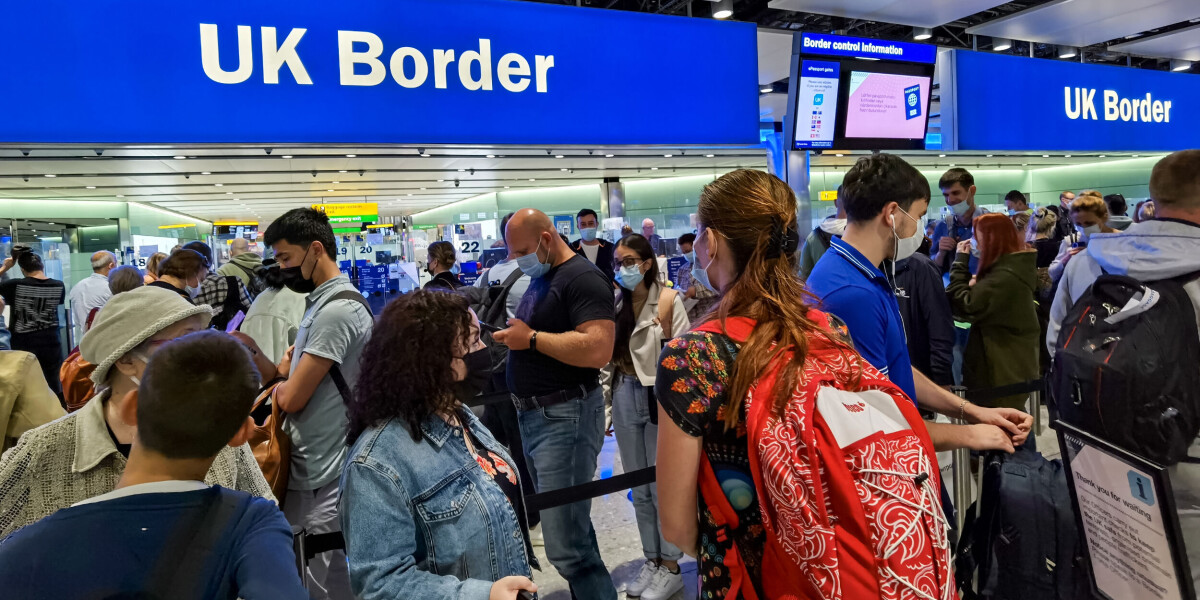
- Select a language for the TTS:
- UK English Female
- UK English Male
- US English Female
- US English Male
- Australian Female
- Australian Male
- Language selected: (auto detect) - EN
Play all audios:
After a generation of designing roads for cars and speed, traffic and transportation years have developed what's become a tool kit of well-proven innovations that make walking less
dangerous and more pleasant. "These pedestrian improvements also typically improve motorists' and bicyclists' safety," says Charlie Zegeer, director of the University of
North Carolina's Pedestrian and Bicycle Information Center. "It's a win-win-win. Everyone's safer." 1. REDUCE THE NUMBER OF CAR LANES ON WIDE STREETS Downsizing
four-lane streets to two travel lanes with an alternating turn lane in the middle has become a popular trend across the country. When this "road diet" approach was used on a
stretch of Edgewater Boulevard in Orlando, crashes declined by 34 percent, injuries by 68 percent, and property values on the street rose 8 to 10 percent. Plus, drivers' travel times
actually decreased. All this explains why the Federal Highway Administration (FWWA) designates road diets as "proven safety countermeasures," which they suggest traffic engineers
use to reduce crashes at intersections. 2. REDUCE THE WIDTH OF CAR LANES "Many communities created 12-foot travel lanes for cars simply because it was a recommended standard,"
explains walkable communities expert Mark Fenton. "Increasingly they've realized wide lanes invite speed, and in neighborhoods, retail districts, and near schools, narrower lanes
send a better message to drivers." 3. REDUCE THE LENGTH OF CROSSWALKS A shorter walk across the street is a safer one. Extending the sidewalk out a few feet into the intersection also
improves safety for all road users by making pedestrians more visible and slowing the speed of turning traffic. A study in Albany, Oregon, found that these curb extensions significantly
reduced the number of drivers failing to yield to people walking across the street. 4. MAKE CROSSWALKS MORE VISIBLE Mark them with bright swaths of paint, brick or, better yet, elevate them
to curb level, a solution that works in Boulder, Colorado, and rural Harrisonburg, Virginia. 5. ADD MEDIANS OR PEDESTRIAN ISLANDS IN THE MIDDLE OF BUSY STREETS This has been shown to reduce
crashes by 46 percent, by providing a refuge for people crossing the street. The FHWA deems this one of its nine "proven safety countermeasures." 6. GIVE WALKERS A HEAD START AT
TRAFFIC LIGHTS A three- to seven-second head start allows pedestrians to enter the crosswalk first and be more visible to motorists, resulting in up to 60 percent fewer pedestrian-vehicle
collisions, according to the National Association of City Transportation Officials. 7. BAN RIGHT-ON-RED TURNS Drivers, focused on watching out for other cars as they turn, often don’t see
people crossing the street on green lights. 8. INSTALL SPEED HUMPS, ROUNDABOUTS AND OTHER TRAFFIC-CALMING MEASURES These are valuable tools for reminding motorists to mind the speed limit
and to keep an eye out for people on foot and bikes. A traffic calming project in West Palm Beach, Florida, resulted in safer streets, less crime, increased property values and $300 million
in business investment. Roundabouts (another FHWA safety countermeasure) added to La Jolla Boulevard in San Diego led to more people walking, new businesses, more on-street parking and
shorter travel times for motorists. 9. CONVERT ONE-WAY STREETS TO TWO-WAY This encourages safer driving and less noise for local residents. Tampa, Dallas, Louisville and San Jose are among
the cities changing streets back to two-way. 10. INSTALL RED LIGHT CAMERAS AND OTHER SAFETY TOOLS It's prohibitively expensive to station a police car at every unsafe intersection, but
cameras can nab lawbreakers who speed, run red lights or don't yield right-of-way to people walking. More than 550 communities from Sacramento to Charlotte use them. Even a sign
flashing motorists’ speeds can reduce traffic injuries. 11. STRICTER ENFORCEMENT OF TRAFFIC LAWS Killing or injuring people with a car is no less tragic than doing it with a weapon. Seattle
won top honors as a Walk Friendly Community in part for their Aggressive Driver Response Team, where neighborhoods work with police to curb dangerous drivers, and the 2012 Vulnerable User
Law, which zeroes in on negligent but not criminal traffic errors that injure or kill people walking. _Adapted from the book _America's Walking Renaissance_, which can be downloaded for
free. JAY WALLJASPER, author of _The Great Neighborhood Book_, writes, speaks and consults about how to create healthier, happier communities. _ _Page published August 2017_









